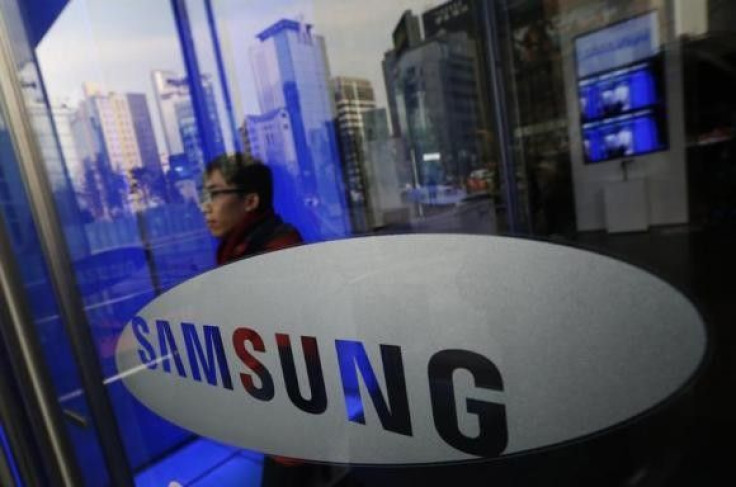Know More About Graphene: Samsung’s Breakthrough Material For the Future of Wearables

Samsung is a popular technology headliner for its top-grade mobile releases and ongoing smartphone war with rival Apple.
But Apple is not only the technology giant that works on an innovation for ways to make human life easier and better. Recently, Samsung made a breakthrough with graphene, a substance to revolutionize the emerging wearable technology game.
What is Graphene?
Graphene is described as a 2D crystalline carbon form. Scientifically, it is a tightly packed layer of carbon atoms bonded in a hexagonal honeycomb lattice or in chemistry called the chicken wire model. It is the thinnest compound known with only one atom thickness, and not ossible to be seen with the naked eye.
University of Manchester Physicists Andre Geim and Konstantin Novoselov were brilliant minds behind the first production of graphene. They extracted graphene from a bulk of graphite using the "scotch tape" technique and successfully brought out a new form of carbon. Their undertaking won them a Nobel Prize in Physics in 2010.
Characteristics of Graphene
Apart from being the world's thinnest compound, it is also the lightest material, the strongest and the hardest (harder than diamond and 100-300 times stronger than steel), and the best conductor of heat and electricity. Surprisingly, despite these characteristics, graphene is ultimately flexible.
How Graphene Could revolutionize Technology?
Based on its characteristics, scientists and researchers foresee that graphene will play a major role in introducing wearable technology among other industrial breakthroughs that it can firestart. Graphene could drastically improve current technology, and perfect it signals for the creation of slimmer smartphones that can charge within seconds, transparent, ultra-thin computer and television screens people can roll out after use, and going far by possibly replacing silicon as a microprocessor material for future electronics.
In a report by the Sydney Morning Herald, Cathy Foley, chief of CSIRO's Materials Science and Engineering Division, said the abilities of graphene is still beyond human comprehension.
Samsung's Breakthrough in Graphene Development
Samsung Advanced Institute of Technology (SAIT) in collaboration with South Korea's Sungkyunkwan University (SKKU) announced a breakthrough in mass producing "impurity-free" graphene.
Samsung has long been interested in the material for the technological benefits it could offer. If the Korean smartphone manufacturer will soon integrate the material in its wearable gadgets, there is a big possibility that it could lead the competition or better exceed the likes of Google Glass.






